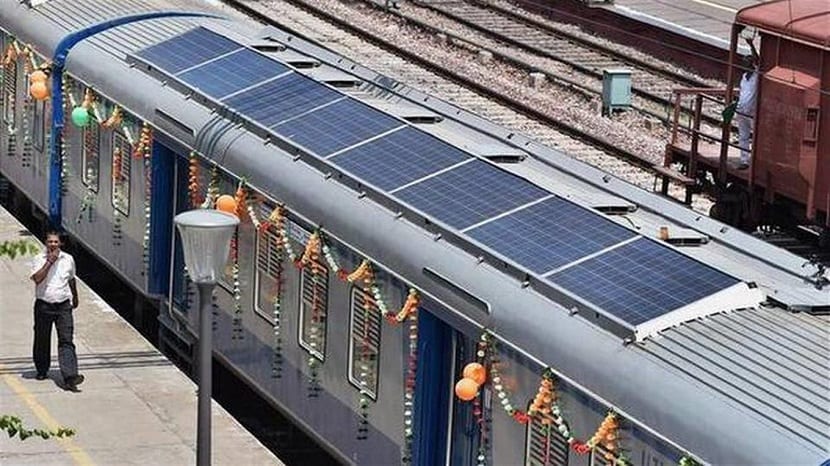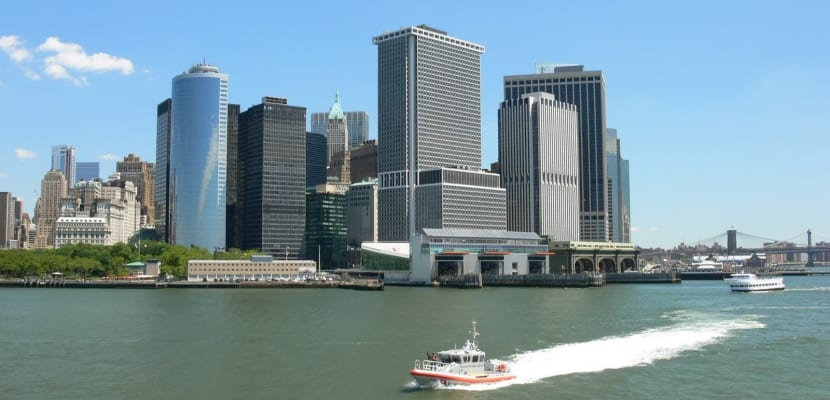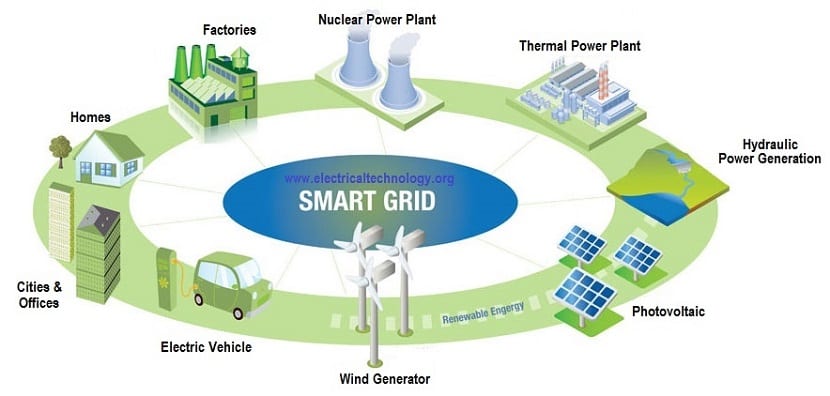
The term Smart City is like the term «sustainable", "Recyclable", "circular economy" ... These are words that are becoming fashionable and beginning to be used everywhere, although many times without any meaning.
If you ask politicians in each city, their municipality it is a smart city. Let's see what politician dares to say that his city is not at the forefront of all these trends.
Characteristics of smart cities
And when the politician on duty is asked what his city has to be considered as Smart City, an almost infinite range opens, depending on the imagination of the man or woman, from the fact of having Wi-Fi in the libraries, being able to see the bus schedule, have a WhatsApp channel for citizens to make complaints about damaged elements in the city, ... even have a bike lane, solar panels in the town hall or streetlights that go off when no one passes through that park.
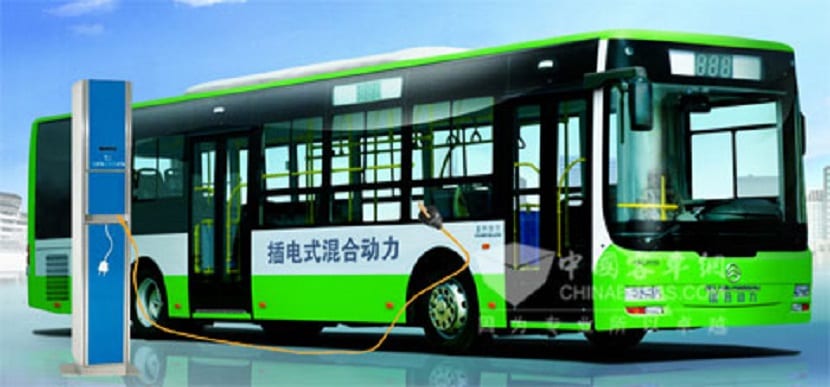
Pillars of a smart city
According to various points of view, a city that wants to be a Smart City must settle down in 6 very clear pillars:
Manage energy efficiently and sustainably
In what corresponds to the efficient and sustainable energy managementIt is evident that the two parameters that would be most important would be the interconnection between the points of production and consumption of energy and that this energy is renewable.
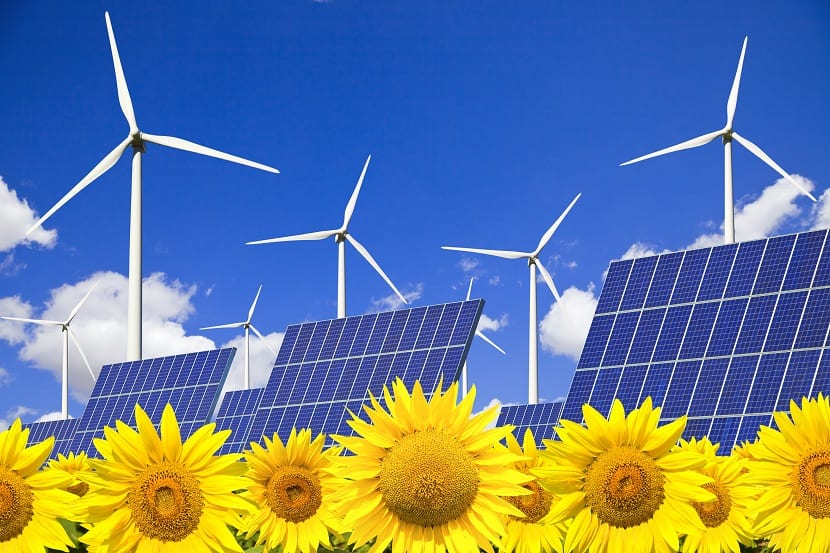
Thus, a city must be interconnected in such a way that those buildings or industries that generate a certain amount of energy, be it thermal or electrical, they can give it to other neighbors who need it.
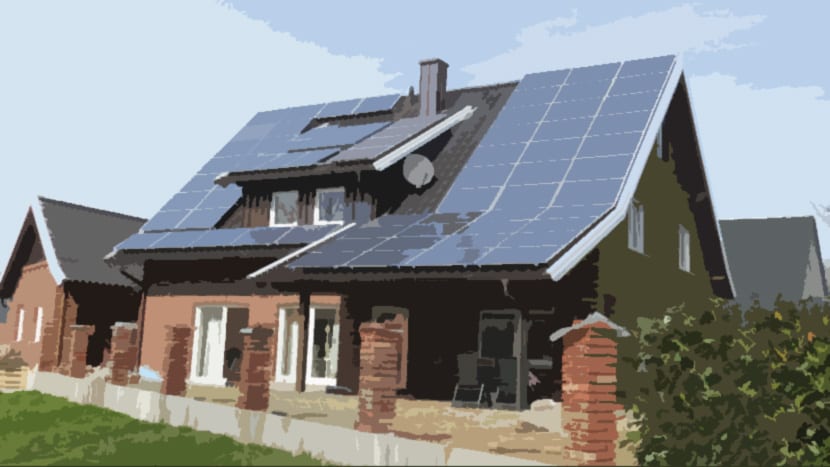
A very interesting example of this type of question is the so-called district heating of San Sebastian, which will be built by the construction company Saint Joseph. The idea is that a certain industry that, for whatever reason produces a large amount of energy, can give it to others neighbors that, for example, they use it to heat their houses. Thus, what is left over can be used by another. This is just one of the many examples that we can find.
A sustainable mobility plan
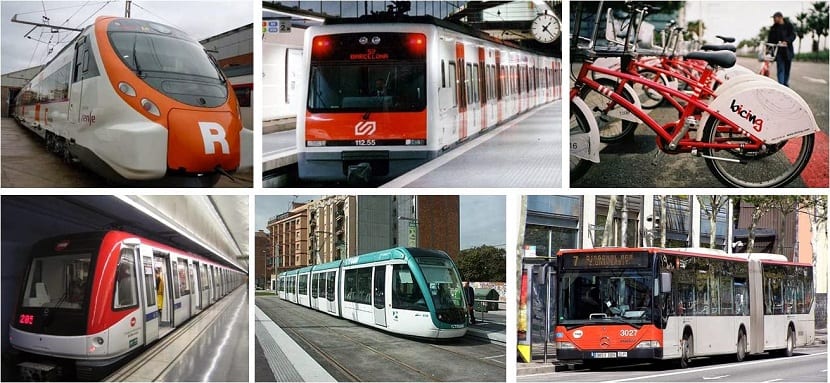
Another essential element would be the smart public services, which allow the citizen's experience to be improved while saving time.
They can be very diverse, but a very interesting example can be found in areas of the city that adapt the intensity and quantity of their lighting to the fact that there are passers-by or not who require such lighting.
Thus, for example, in a park a given lighting is established at dusk, but after midnight this lighting drops to 40% since there is no one who needs more light.
But if someone passed through the park after that time, a sensor would detect it and, automatically, the lighting would increase to 100% until the person in question has left the park after which it would return to 40%. With a measure as simple as this, almost 60% of the energy consumed is saved without causing any detriment to the neighbors.
Obviously in a city that pretends to be smart, the mobility it must also be. Thus, from traffic management optimizing routes according to the level of occupancy to live information on the entire public transport network, there are multiple examples that are being applied in cities to optimize and improve a fact as crucial as being able to move. in the best possible way around the city.
And it is clear that new technologies can be very good allies there.
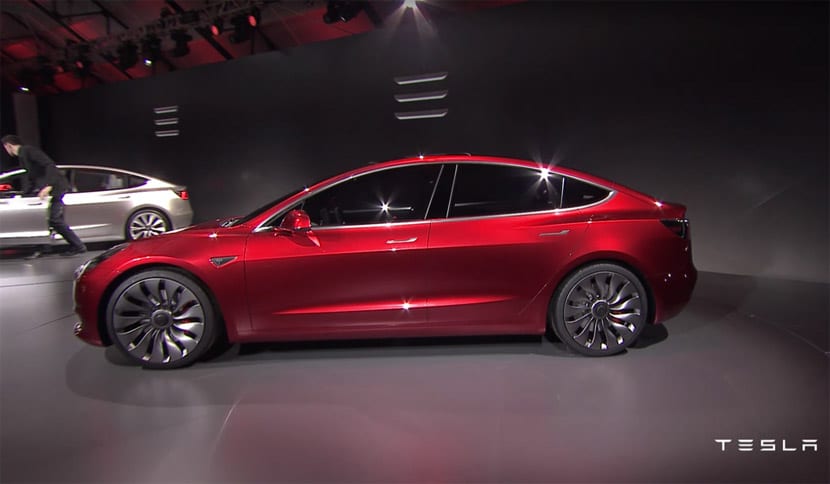
An approach to driving smart buildings
It will be important to have smart buildings. Obviously here it is necessary to differentiate between existing buildings, in which the challenge involves rehabilitating said buildings to improve their characteristics and behavior, and new buildings. Where that building must be designed as an element that minimizes its environmental impact, regulates the consumption of resources, home automation. In short, it anticipates the wishes of its inhabitants by improving comfort and reducing the economic and environmental impact of these buildings.
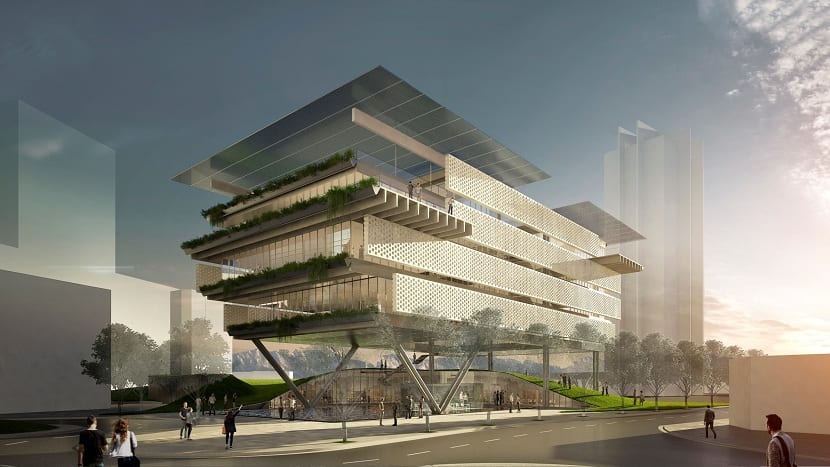
A sustainable urban concept
Either by speculation, sometimes the so-called sustainable construction is forgotten and it is the fact of sustainable urbanism.
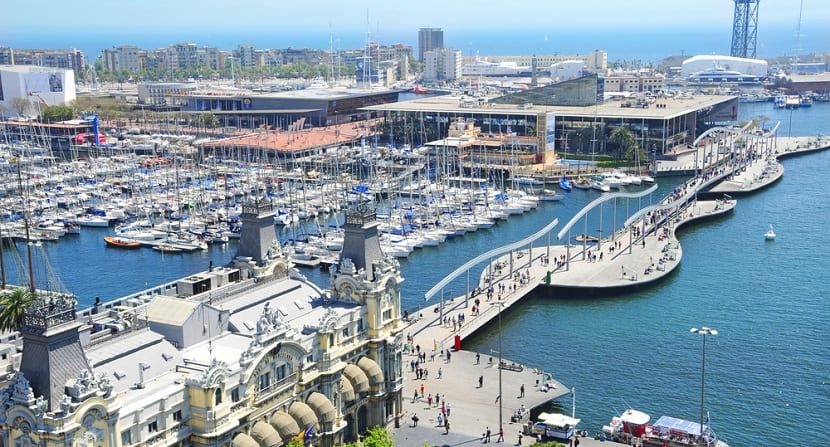
We talk about a integrated city in which the modes of use, residential, commercial, sports, educational or work, intersect.
It is a city, obviously adapted for all its citizens, also for those with reduced mobility or some type of disability. They are cities designed for citizens in such a way that the entire environment facilitates day-to-day life with the greatest possible comfort.
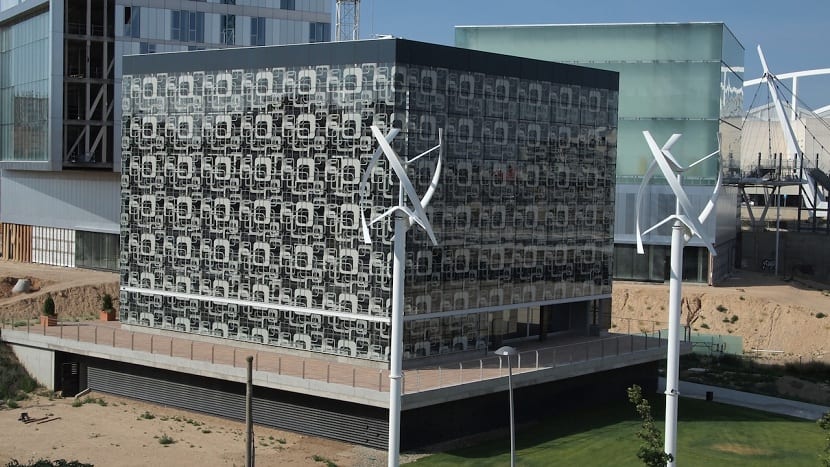
A parameter of interconnection of the city
And finally, all the above elements have to occur in one interconnected city. In which, from any point, residents can interact with the city itself, both receiving the information or the service they value and providing information on any incident or need.
But let's not think that this connection is only through electronic devices, that also, this interconnection must be economical, making the whole community support that no one is excluded, environmentally connected in such a way that everything is used in coherent way and everything is integrated into a real circular economy system. Thus, a connected city is digital, economically, environmentally and socially.
Obviously there is no city in the world that meets each and every one of these requirements, but almost all are moving forward.
Let us not forget that, as the architect Jaime Lerner said: the battle of the sustainability it will be won or lost in the cities. Hence, this Smart City concept is more important than we sometimes think. "
